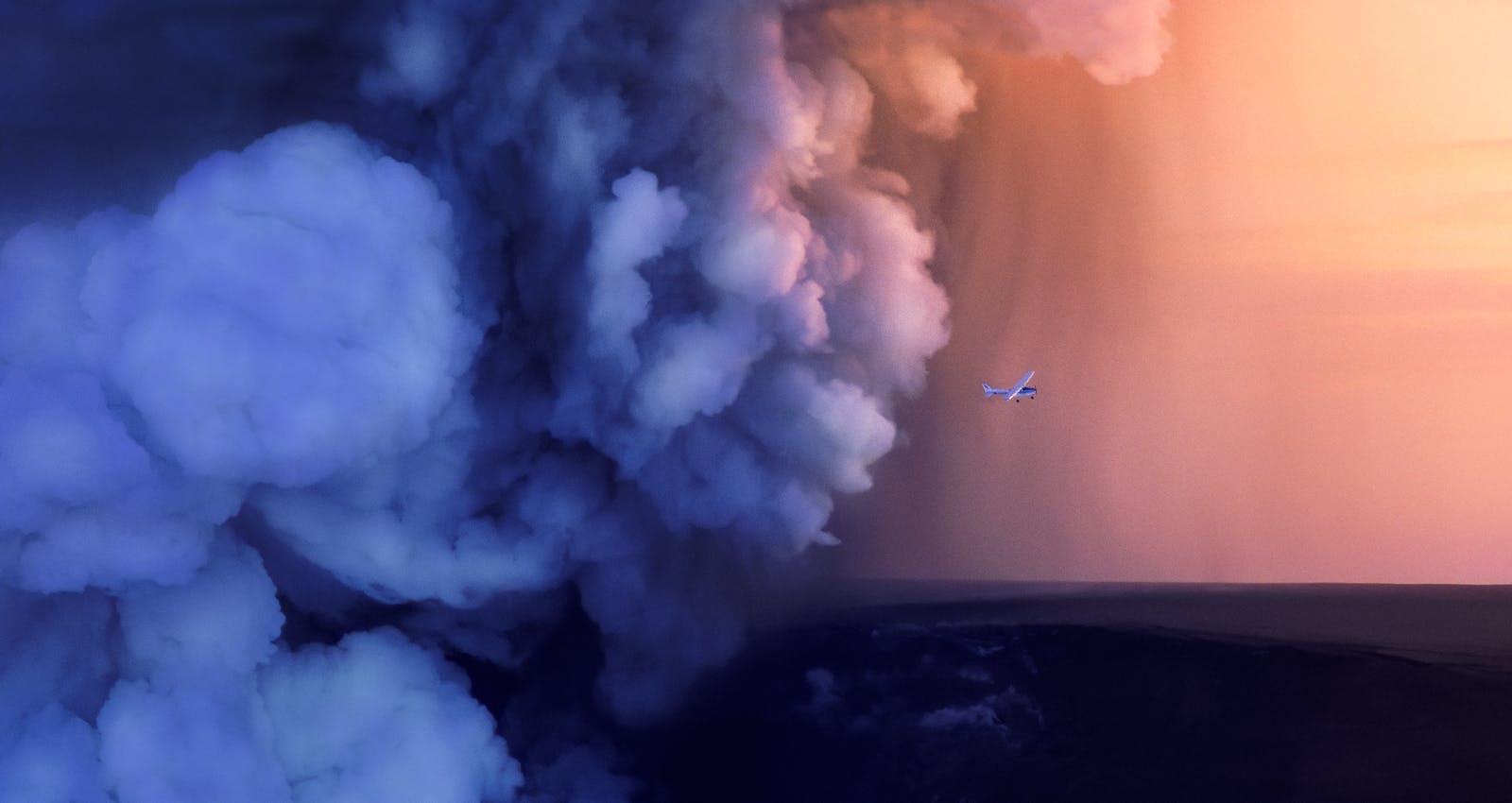
Guide to Grimsvötn Volcano
Grímsvötn volcano is situated in the Vatnajökull National Park, within the confines of the Vatnajökull glacier. Grímsvötn has a subglacial caldera, which is a large depression buried beneath the ice cap of the Vatnajökull glacier. The caldera measures about 8 kilometres in diameter, making it one of the largest calderas in Iceland. Eruptions produce a giant ash cloud, given that the volcano sits below the ice cap. Air travel over the eruption site would be suspended.
What Type of Volcano is Grimsvötn?
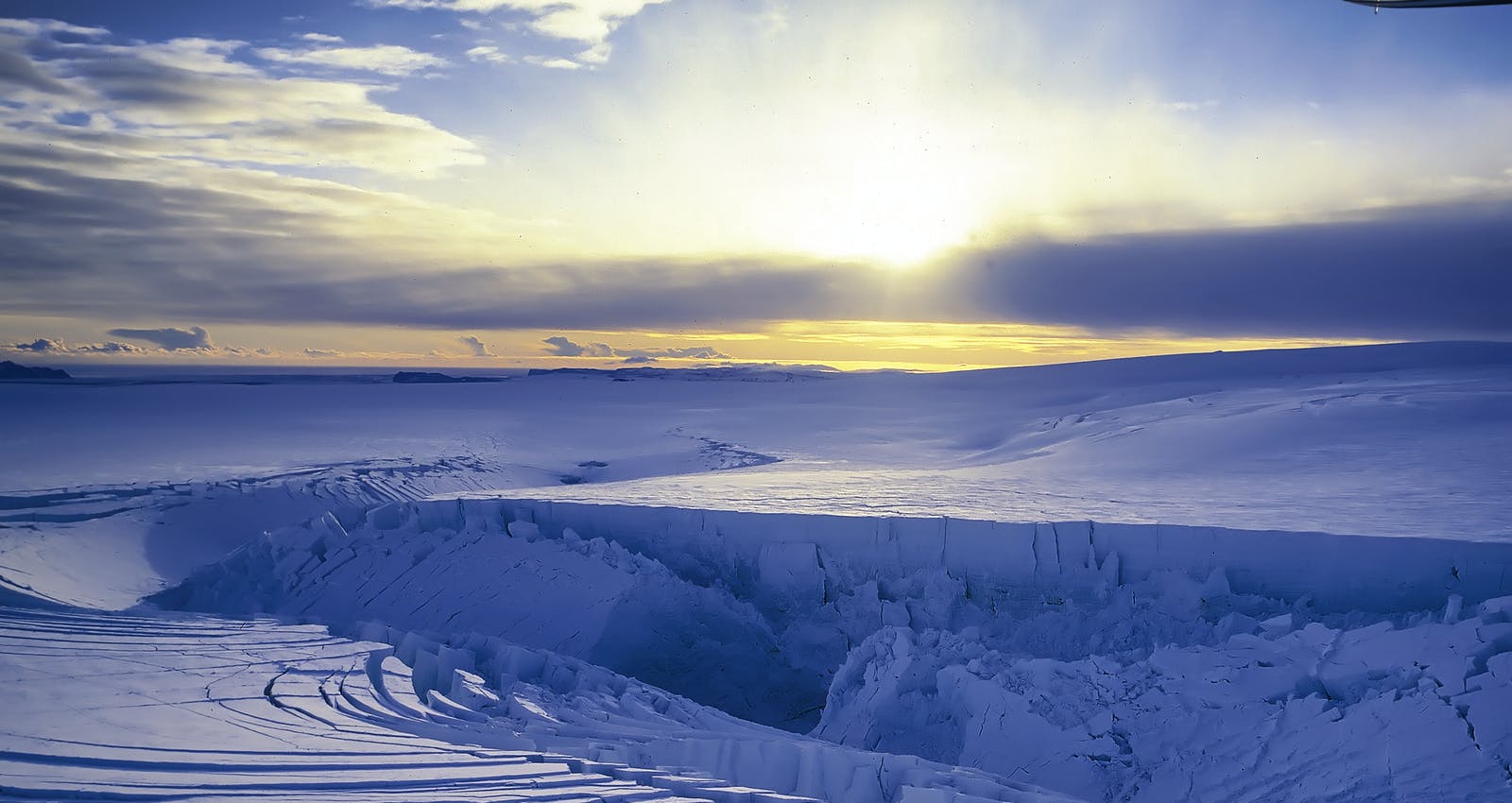
Grímsvötn is a basaltic central volcano which has the highest eruption frequency of all the volcanoes on the island. In short, this is a very active volcano in Iceland with around 70 eruptions in historical times.
Where is Grimsvötn Located?
Located within the confines of Vatnajökull National Park, Grimsvötn is in the southeastern part of the Icelandic highlands. Vast ice fields, glacial rivers, and rugged landscapes characterise Iceland’s interior. The highlands have no settlements as it is an uninhabited part of Iceland.
When Has Grimsvötn Erupted Throughout History?
Grímsvötn volcano is known for its frequent eruptions; they tend to occur every 5-10 years. These eruptions are often characterised by the interaction between magma and ice, leading to explosive volcanic activity and ash plumes forming thousands of metres into the sky. The most recent major eruption of Grímsvötn was in 2011 and lasted for a few days.
When Grimsvötn Erupts, Are There Glacial Floods?
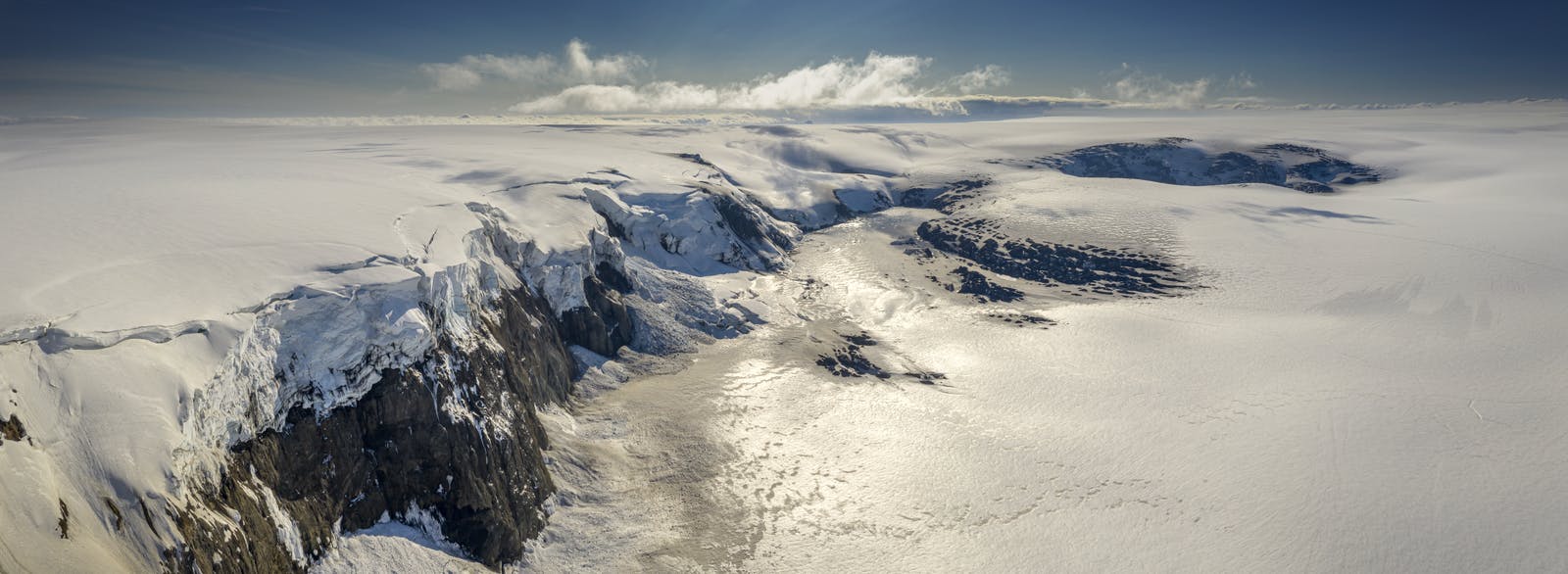
Beneath the ice cap, Grímsvötn holds a subglacial lake, there is also high geothermal activity with boiling springs, fumaroles and geysers. Additionally, during eruptions, the heat from the volcano melts large quantities of ice. This leads to the sudden release of water. These glacial outburst floods can be powerful and can carry significant amounts of sediment and debris downstream at a high speed rate.
How to Get to Grimsvötn
Due to its location beneath the Vatnajökull glacier and the remote nature of the highlands, direct access to Grímsvötn volcano is challenging and not recommended for most visitors.
However, guided tours that provide opportunities to explore the surrounding glaciers and witness the effects of past eruptions are available, allowing visitors to appreciate the volcanic and glacial landscapes. There are also helicopter tours that visit the area in which Grismvötn sits.
Is Grimsvötn Volcano Active?
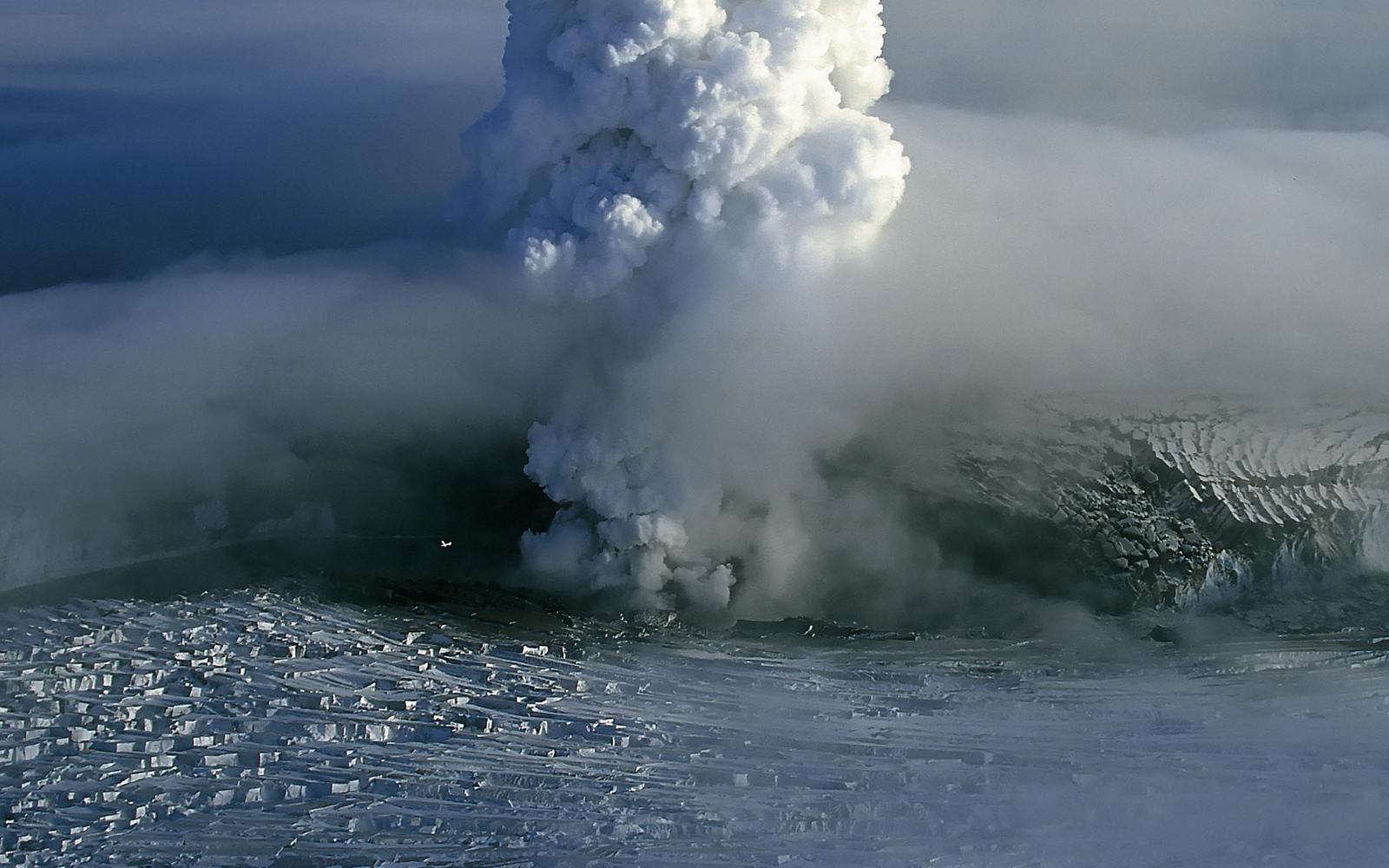
Grimsvötn is considered an active volcano; however, there are no indications that there is an imminent eruption. Local scientists constantly monitor the volcano systems throughout Iceland, and there are usually episodes of earthquakes giving warnings of an eruption. Monitoring systems include seismic monitoring, GPS, gas, and satellite observations to track any changes in volcanic activity and assess potential hazards.
Learn About Volcanoes at Perlan in Reykjavík
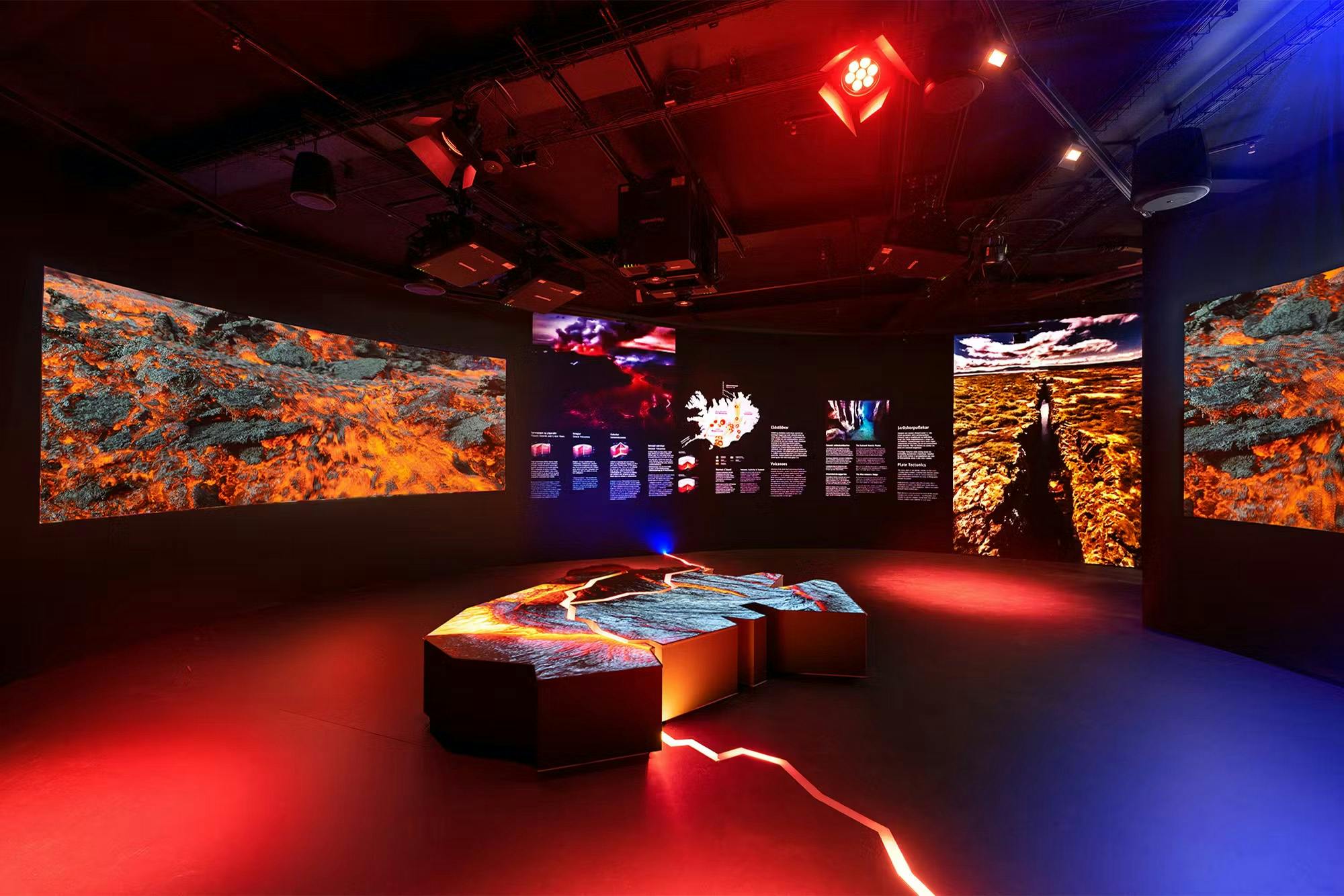
Located in the heart of Reykjavík, Perlan’s Forces of Nature exhibition allows guests to feel the immense power of volcanoes, earthquakes, and geothermal energy that powers the island. Tourists can learn about the volcanoes that form when heat and pressure build up beneath the earth’s surface.
The earth’s weak points tend to be along fault lines where tectonic plates converge or diverge, as in Iceland’s case. The exhibition is a unique, family-friendly museum experience that entertains and informs. Perlan is also home to exhibitions featuring ice caves and northern lights.
FAQ
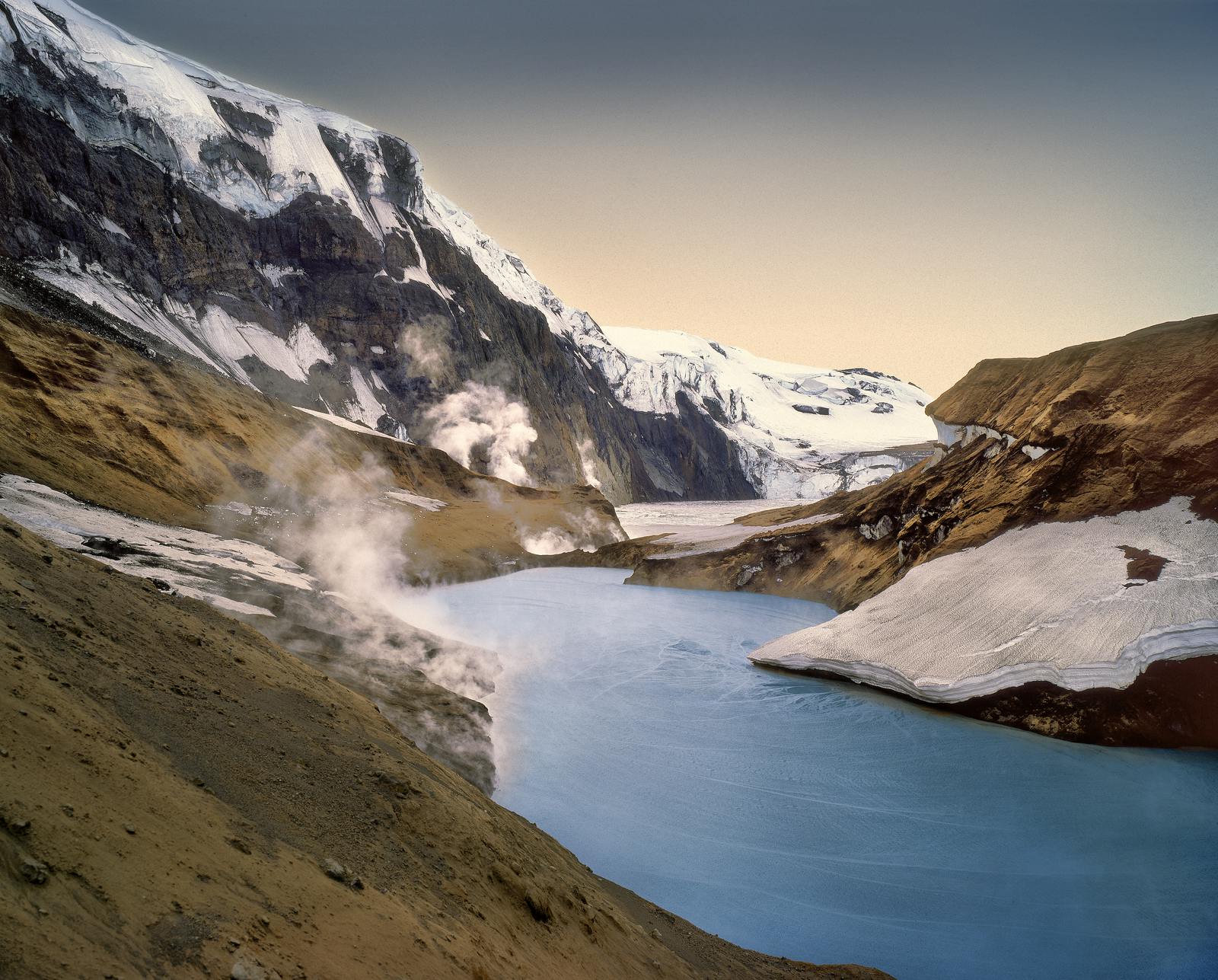
What would happen if the Grimsvötn volcano erupted?
If Grimsvötn erupted, the airspace around the volcano would be closed, and any individuals close to the region would be evacuated. However, given that it is located in a remote slice of Iceland, there are no nearby settlements and little danger to people. An eruption is unlikely to be a surprise given that geologists monitor the active volcano systems in Iceland, and there would be warnings of an imminent eruption.
Whether you’re planning a visit or just fascinated by geology, it’s worth checking which active volcanoes Iceland is monitoring closely this year.
Is Grimsvötn safe to visit?
Grimsvötn is in the remote highlands of Iceland and is not considered a major tourist attraction. Hiking enthusiasts may get close to the volcano during extensive highland treks, but these are not high numbers. However, the Grimsvötn volcano is safe to visit as the Icelandic Meteorological Office closely monitors it. It’s essential to prioritise safety and follow the guidance of local authorities regarding access to and around the volcano.
For any hike, it’s essential to dress in proper clothing for the conditions, bring food and water, have a charged mobile phone and leave your travel plans at www.safetravel.is.







